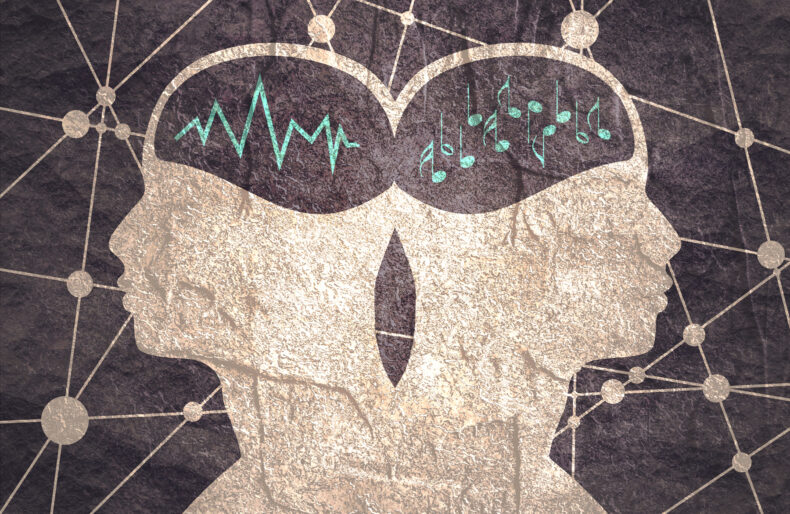Developmental language disorder (DLD) affects children’s ability to listen, read, write and speak using correct grammar. Younger children with this disorder often have difficulty learning words, creating whole sentences and following directions. In other children and adults, it presents as reading and writing issues and may be misdiagnosed as a behavioral problem.
“Despite impacting around 1 in 14 children by kindergarten, this trait, and the constellation of clinical features that co-occur with it, are poorly understood,” said Jennifer (Piper) Below, PhD, associate professor of Medicine. “Studies of the clinical profile of DLD have been challenging because it is often diagnosed and treated outside of the medical health care system.”
This neurodevelopmental condition can’t be explained by conditions like hearing loss or autism, or lack of exposure to communication, but a recent study published in JAMA Network Open identified both common and rare comorbidities.

“Some of these comorbidities like other language and speech disorders, learning disorders, attention deficit/ hyperactivity disorder, coordination and motor disorders, and sleep disorders have previously been described in the literature, and usually in much smaller studies” said Rachana Nitin, PhD, a former PhD student and research staff member of the Vanderbilt Music Cognition Lab.
“Our study identified some additional comorbidities that have not been discussed before in the literature, such as phenotypes relating to weight and nutrition, pulmonary phenotypes, gastric and colorectal phenotypes, atopic phenotypes, and other non-specific phenotypes (insect bites, unknown fevers, voice disturbances). The comorbidities identified in our study show that there is clinical complexity to DLD, and that in addition to language development DLD might affect neurodevelopment more globally.”
The Vanderbilt University Medical Center study, led by Nitin, Below and Reyna Gordon, PhD, director of the Music Cognition Lab, is one of the first to use statistical and population-based methods to understand comorbidities associated with DLD at a population level, with the goal of raising awareness about other health risks children with DLD face.
“By examining a vast array of possible health conditions that can co-occur with developmental language disorder, we believe that these findings can tune pediatricians, speech-language pathologists and other child health care providers into potential risk factors that are adjacent to these children’s difficulties with verbal communication,” Gordon said.
Nitin was fascinated by how common DLD is, yet how hard it is to perform population-based studies on it because it is underdiagnosed.
“Several other neurodevelopmental disorders, including ADHD, autism and stuttering, have been studied using empirical electronic health record-based approaches, and the results have greatly informed future research,” said Nitin, who is currently a postdoctoral fellow at the Vanderbilt Genetics Institute, where she continues to study health and complex mental traits with electronic health record and genomic approaches. “I was very excited to be part of a project that would result in big impactful findings that would help shape future research directions for DLD in a similar vein.”
The team accessed the data between 2019 and 2021 with a two-fold purpose: to develop an algorithm that could identify and label DLD in the electronic health system (the algorithm was published in 2020) and then in the current study, to identify medical conditions that are enriched in people with DLD.
“This study represents a breakthrough not only in terms of specific medical risk factors associated with developmental language disorders, but also in terms of fundamental analysis techniques for generating accurate and credible analysis of electronic health record data,” said Stephen Camarata, PhD, CCC-SLP, professor of Hearing & Speech Sciences.
“No doubt, this will have important ramifications for treating developmental conditions such as development language disorders but also have a broader impact on linking related conditions such as autism and intellectual disability to medical risks harnessing the rich data available in electronic health records. VUMC is uniquely positioned to conduct this kind of research and has long been on the forefront of electronic health system analyses.”

















